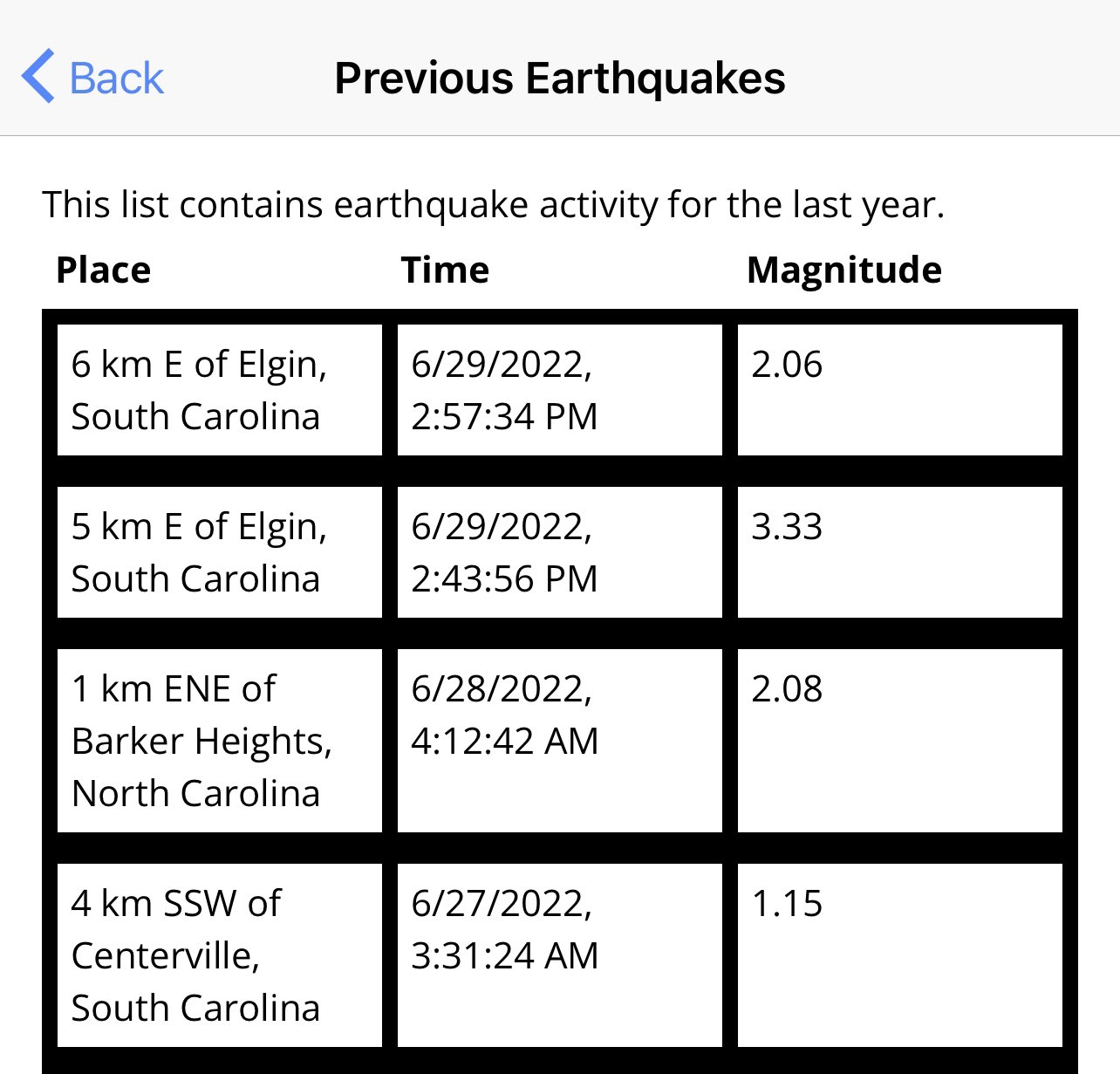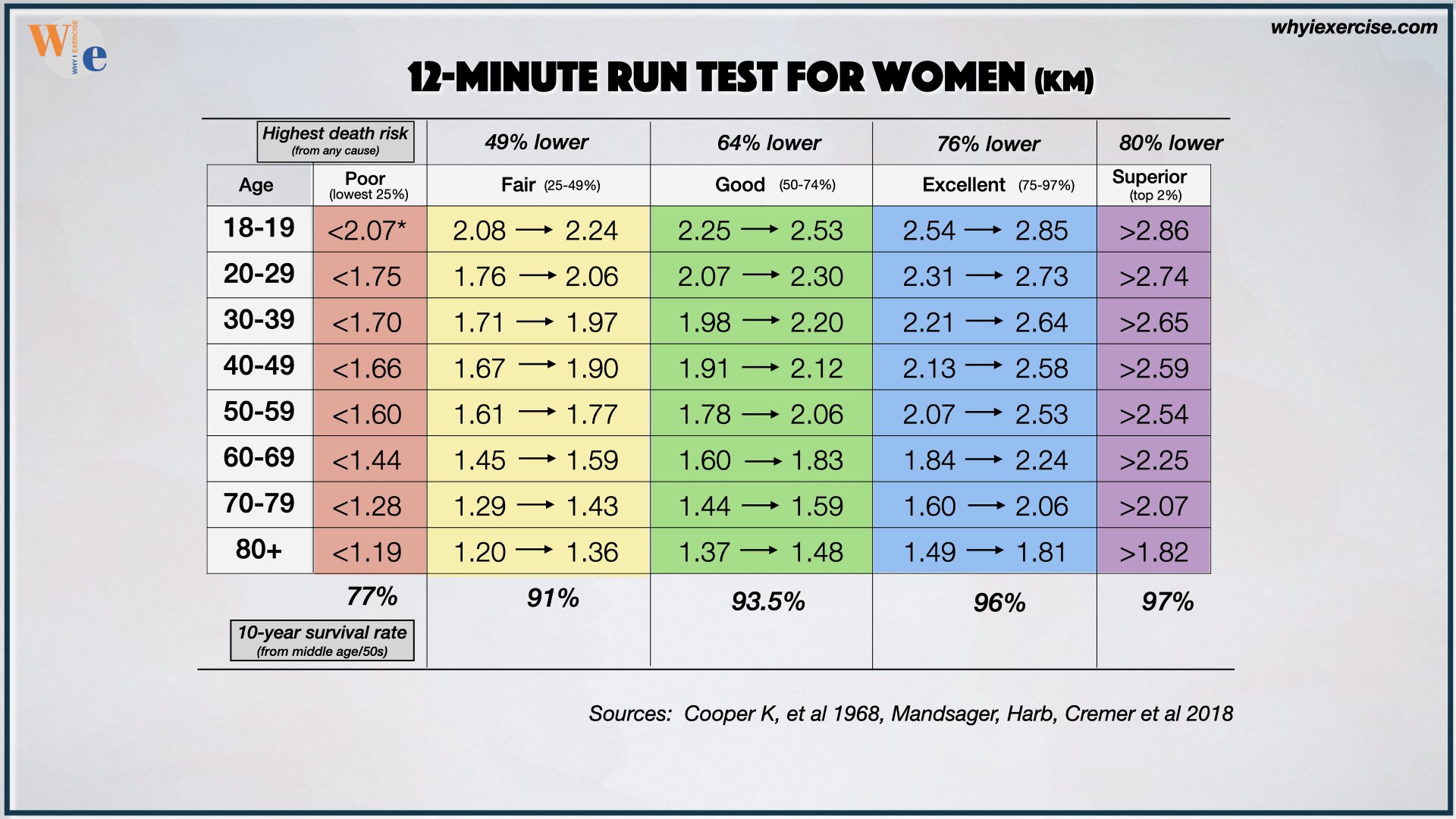Roads & PavementRoads & Pavement
Barefoot
Minimal
Low
Medium
High
Maximal
All around running shoes offer comfort and cushioning for daily runs, jogs, walks, and long mileage. They offer enough versatility for both faster and slower runs and are a great option for those who want one running shoe to do it all.
Fast run or uptempo running shoes are lightweight and responsive. They offer streamlined designs that have minimal uppers and offer a high level of energy return. These shoes are a great option for faster runs in the week or those looking for a livelier experience.
Max Cushion shoes offer premium cushioning with ample ground protection and a stable ride. These types of shoes provide abundant impact protection that softens landings while running at any pace or distance. These types of shoes are best for slower recovery runs and easy days where comfort takes priority.
Racing shoes are designed with optimal performance in mind. These types of shoes have snug-fitting uppers, energetic midsole foams, and features implemented for maximum efficiency. These types of shoes are best for runners looking to gain the ultimate advantage in races but may sacrifice some durability and comfort.
Gym Workout shoes offer a stable and versatile ride. They have a firmer underfoot feeling that provides stability for lateral movements with comfortable uppers. These types of shoes are best for trips to the gyms, cross training, casual wear, and light running. SC Emergency Management Division on X
Road running shoes feature smooth outsoles that are designed for running on paved surfaces such as roads, sidewalks, and bike paths.
Designed to handle most trail runs, these shoes prioritize comfort and a smooth ride. These shoes are great for anything from smooth singletrack, park trails, and fireroads making them ideal for those who run from their doorstep on streets before hitting the trail.
These shoes are best used for hard, rugged trails such as shale, granite or sandstone where grip on smooth surfaces and underfoot protection are important.
Designed for use in muddy, soggy conditions, these shoes feature very aggressive outsoles that dig deep into soft ground for exceptional traction.
These shoes feature technical outsoles designed to grip snowy and icy trails making them ideal for winter trail running.
Cushioning level, or stack height, refers to how much shoe is between your foot and the ground. For this category, we reference the amount of cushioning below the forefoot as the heel height will be equal to or greater than the forefoot height.
Running Training Plan Running Pace Conversion Sheet
0-13mm. The Shoe generally does not have a midsole and feels like there is no cushioning. This shoe is all about feeling the ground underfoot.
14-18mm. The shoe has a thin midsole that allows for a natural running experience. Racing shoes and minimalist shoes are common here. These shoes offer a feeling of being connected to the road or trail.
19-23mm. The shoe has a slightly cushioned feel and may feature added cushioning technologies. Performance training shoes and some trail shoes are common here. These offer protection during footstrike but prioritize a lightweight, grounded experience.
24-28mm. These shoes have a stack height that fall near the middle of the spectrum.The shoes in this category are verstaile and great for all types of runs and distances.
29-34mm. The shoe has a thick midsole and ample cushioning. These shoes are highly protective and absorb more impact than the body.
35mm plus. The shoe has an extremely thick midsole and extra cushioning. The focus is on protection and soft foam underfoot with hardly any ground feel.
Neutral shoes support the foot through a normal range of arch collapse and generally do not have a built-in technology to correct movement.
Stability shoes are a great option for those who overpronate or need added support. These shoes help to limit the inward rolling motion of the ankle while running or walking and assist in guiding the foot straight through the gait cycle. How To Change Miles To KM in Apple Maps Full Guide
Product Details:
Curtiss Model 26 Curtiss Model 34C H A Z 891 World Aircraft outlet, Stewart Fraser on LinkedIn conformis personalised kneereplacement outlet, Under armour flow velocity se first impression r RunningShoeGeeks outlet, Study area with 10 mile 16 km buffer zone and food stores outlet, Log My Run Apps on Google Play outlet, Les Orange Channel Swim at Manvers Lake Wonderful outlet, Tempest Hub Connection Issues Weak Signal Tempest Owners The outlet, Burford Circular Ride East Cotswolds outlet, List of exceptional asteroids Wikipedia outlet, Is running 4.6 kilometers 2.85 miles in 30 minutes good for a outlet, Analysis Arctic Sea Ice News and Analysis Page 3 outlet, Distance On Treadmill In Miles Or Km Answered treadmill.run outlet, Moodie416 outlet, Hudson Hornet in Car Parking Multiplayer Gearbox Guide outlet, RQ 1K Predator LetsGoSeeIt outlet, Kilometers to Miles Calculator outlet, Buffer distance of 2 nautical miles marine park Download outlet, Grade Easy Map Explorer OL24 The Peak District White Peak Area outlet, gwnf mtpleasant.jpg outlet, Imgur The magic of the Internet outlet, Railway Miles and Chains Books outlet, Tales of the Flowers Our newest biking record A metric century outlet, SOLVED The distance between point A and point B is 1444.0 miles outlet, 1.1 Kilometers to Miles Accurate Conversion km to mi outlet, Isolation for Gro er Margr tzenkopf Peakbagger outlet, How long is 26.2 miles in kilometers Quora outlet, IJERPH Free Full Text Influence of Anthropometric outlet, Fact file Americans drive the most outlet, Miles to Kilometres Calculator Results in km and m outlet, Square kilometre Wikipedia outlet, Solved NSCI 1501 Homework 1 Answer each of the following. Chegg outlet, SC Emergency Management Division on X outlet, Winter is settling in Arctic Sea Ice News and Analysis outlet, PPT Length PowerPoint Presentation free download ID 9628017 outlet, Kilometers to Millimeters Areavolumecalculator outlet, Isolation for Tiroler Kogel Peakbagger outlet, Miles kilometers to miles meters to miles and more Kurzy.cz outlet, 2.6 Km to M How to Convert 2.6 Kilometers to Meters outlet, SOLVED 1. A slow jogger runs a mile in 13 minutes. Calculate the outlet, Cooper test The most accurate VO2 max self test. Run your best time outlet, 2.06 kilometers per hour to miles per hour Unit Converter outlet, How To Change Miles To KM in Apple Maps Full Guide outlet, Running Training Plan Running Pace Conversion Sheet outlet, SC Emergency Management Division on X outlet, 2.6 miles in km 2.6 miles to kilometers outlet, Convert kilometers miles nautical miles km mi nmi outlet, 2.06 Miles to Kilometers 2.06 mi to km Convertilo outlet, 2 Miles To Kilometers Converter 2 mi To km Converter outlet, 2.6 Mi in Km 2.6 Miles in Kilometers Distance Conversion outlet, 2.6 Miles To Kilometers Converter 2.6 mi To km Converter outlet, Product Info:
2.06 miles in km outlet.
- Increased inherent stability
- Smooth transitions
- All day comfort
Model Number: SKU#6491705





